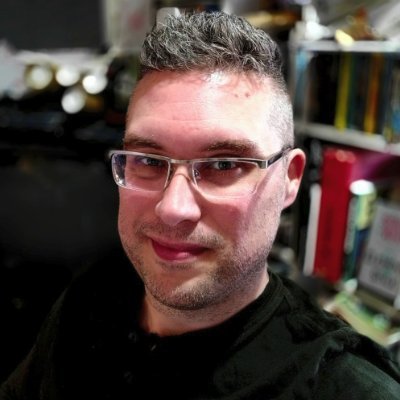Smartphone processor head-to-head: Intel Atom vs Nvidia Tegra 3 vs Samsung Exynos vs Qualcomm Snapdragon
We run the four processors through a battery of benchmarks to find out which one can claim to be the best overall...

Conclusion
It's been an interesting exercise which has shown the vast difference in performance between ARM-based chips and the solitary x86 processor.
Samsung's Exynos processor comes out as the overall winner. With the most impressive graphics throughput and leading real-world performance, it's clear that Samsung knows what it's doing with chip design. This is primarily the reason why the firm has yet to license said design for third-party use, as it wants to continue giving a performance advantage to its own products.

We're not too surprised as both the Galaxy S2 and its successor the Galaxy S3 having topped benchmarking tables at their launch. Still, beating out rivals is an achievement.
The surprise package was Intel's Atom - placing a solid second. The 2GHz clock speed makes it the fastest on test in terms of raw clock speed. However, even with this clock speed advantage removed, Intel's first real system-on-chip design was able to hold its own against the best competitors have to offer in everything but pure-synthetic benchmarking.
Meanwhile, Nvidia's Tegra and Qualcomm's Snapdragon disappointed during testing - alternating between third and fourth spot for most of the benchmarks.
We can cut the Nvidia some slack as it has the oldest part on test. Still, if it weren't for the quad-core layout and high graphics clock speed of the Tegra 3, the chip would be a mediocre part. Nvidia appears to be aware of the deficiencies of its design, however, and likely allowed the general-purpose performance to suffer in order to be able to run the graphics portion at 520MHz for improved 3D rendering speeds.
But the biggest disappointment was the Snapdragon S4 Pro as it was the newest part. Although perfectly adequate, the chip finds itself outclassed by Samsung's Exynos and even Intel's single-core Atom in most tasks. The S4 Pro is certainly not the wonder-processor Qualcomm has made it out to be - although, if we're right about the issue being related to unoptimised software or drivers, a simple software update for the Nexus 4 could help wring more power out of the processor.
With Intel already working on next-generation Atom chips with dual-core capabilities, it's certainly looking like ARM and its licensees have competition - but only if more developers work to port their software to the x86 instruction set.
Verdict
Based on the results, Samsung has the performance advantage at this time, and anyone who has used a flagship device such as a Galaxy S3 will be able to see this. Intel impressed on this test, and we expect its dual-core Atom parts to continue boosting performance. Similarly, Nvidia is likely to perform better next time around when the Tegra 4 has been unleashed. Although the Snapdragon was disappointing, it powers the cheapest high-end device to date in the form of Nexus 4, and will still provide good value for money.
Get the ITPro daily newsletter
Sign up today and you will receive a free copy of our Future Focus 2025 report - the leading guidance on AI, cybersecurity and other IT challenges as per 700+ senior executives
Gareth Halfacree is an experienced tech journalist and IT professional, and has been writing since 2006. In addition to contributing article for ITPro, Gareth has been featured in publications such as PC Pro, Techmeme, The Register, The MagPi, and Tom’s Hardware.
In addition to his digital articles, Gareth is the author of several best-selling books. These include the Raspberry Pi User Guide, an essential text for those looking to get started with their Raspberry Pi, as well as The Official Raspberry Pi Beginner’s Guide. Gareth also wrote the Official BBC micro:bit User Guide, a comprehensive guide to setting up the pocket-sized computer, learning to code on it, and even creating your own hardware addons.
-
 Bigger salaries, more burnout: Is the CISO role in crisis?
Bigger salaries, more burnout: Is the CISO role in crisis?In-depth CISOs are more stressed than ever before – but why is this and what can be done?
By Kate O'Flaherty Published
-
 Cheap cyber crime kits can be bought on the dark web for less than $25
Cheap cyber crime kits can be bought on the dark web for less than $25News Research from NordVPN shows phishing kits are now widely available on the dark web and via messaging apps like Telegram, and are often selling for less than $25.
By Emma Woollacott Published